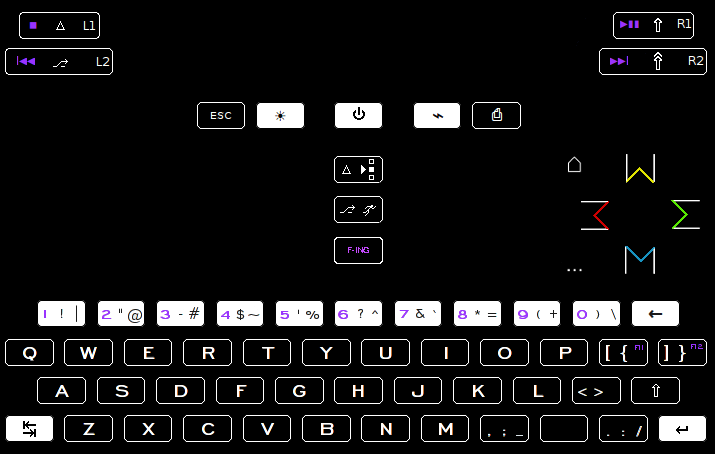bzar
A Commando
Business realities allowing, I'm against pandering to the lowest common denominator. Pick a focus group or few and optimize for them. Who do you think will be the main audience for pyra? I don't think it has much intersection with the group of people that are scared by different looking keyboards.Even if we assume your argument to be true, if you deduct "most" from the "normal non-nerd people" they outnumber the "not normal nerdy people" by orders of magnitude. Selling devices in the order of thousands becomes a lot easier if there arent hurdles to overcome. Readability is an issue fixed with higher pixel density and bigger screen, that is already much better.
When you put Select and Ctrl on the same 3x7mm button, you have transferred that problem to the keyboard. There is no neccecity in that advanced users have good eye-sight.
I dont know where im placed, I have excellent vision, but you already lost me with the complexity. Please consult a bigger usergroup, and you will get the same response as I and Eight-bit have gotten. From my point of view, needless complexity is universially bad. It is no excuse that advanced people are able to use it, and it is no point in arguing that normal people wont buy the device.
How do you know that there arent any normal people who bought the pandora? Im fairly confident by making it more complex you are scaring away some of the current userbase. I am sure that this prospect is a good thing to avoid.
Making something good for everyone is great for no one.
Last edited by a moderator:


